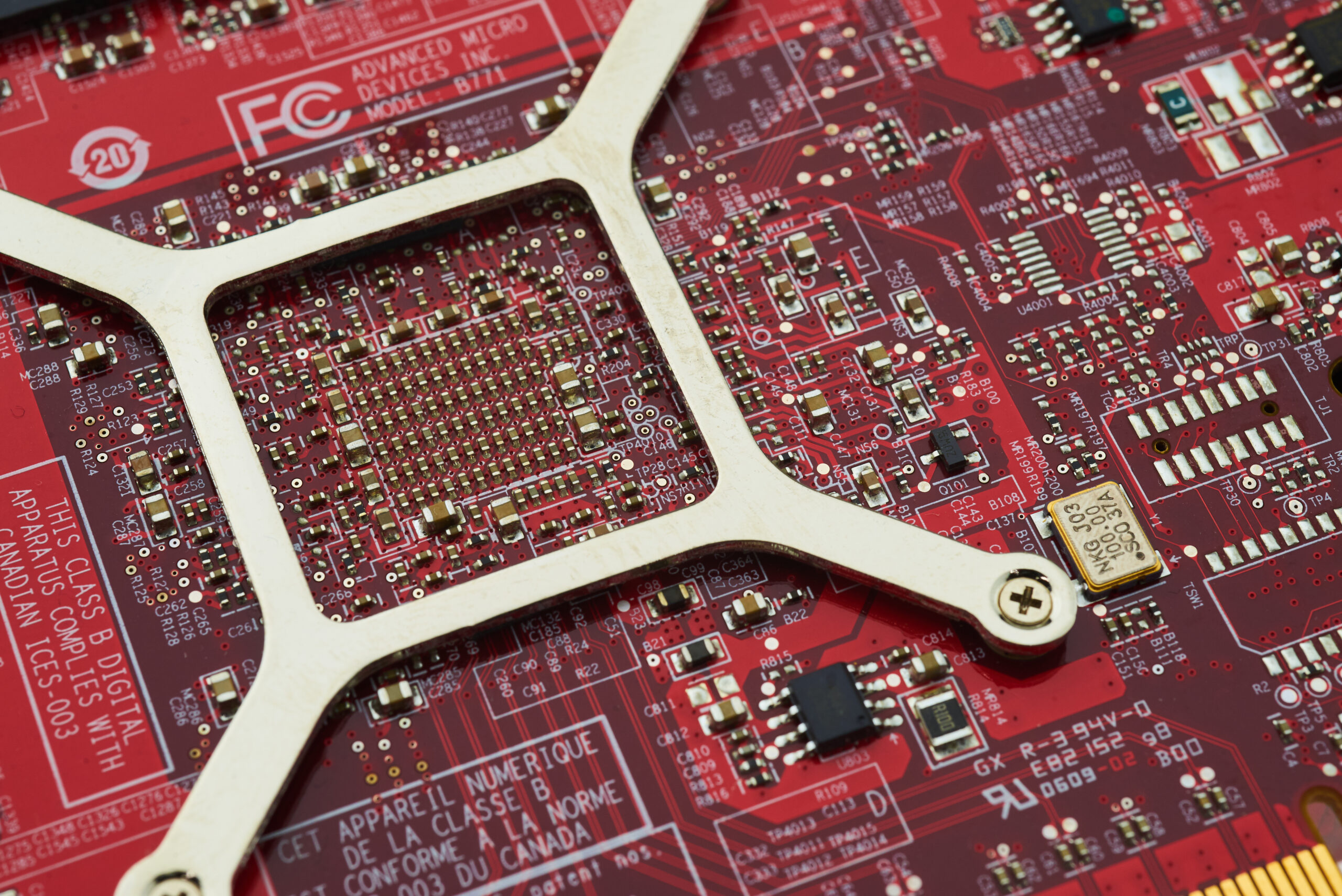Kitchen Grease Interceptor Cleaning: Keep Your Culinary Area Spotless
Ever thought about the consequences of neglecting kitchen grease trap sanitization in a bustling restaurant kitchen? It’s more than just a matter of sanitation; it’s about ensuring an well-functioning grease interceptor extraction setup. These interceptors are vital for trapping FOG (fats, oils, and grease) before they can damage plumbing and drainage systems. By focusing on regular servicing, you safeguard your eatery’s infrastructure and prevent expensive plumbing problems and stenches.
Understanding the Significance of Grease Interceptor Servicing
Grease interceptors are essential for the efficiency and hygiene of commercial kitchens. They play a important function in ensuring business efficiency and compliance with local laws. Understanding how grease interceptors work and the effects of poor upkeep aids proprietors in making well-considered decisions about grease trap sanitization for restaurants.
Role of Grease Traps in Restaurant Kitchens
Grease interceptors positioned near dishwashing areas to capture fats, oils, and grease (FOG) before they enter the drainage system. This is essential for stopping contamination and safeguarding the drainage system. Proper grease trap maintenance ensures these devices work efficiently, safeguarding the environment and the restaurant from penalties or disruptions. Consistent reviews are crucial to adhering to grease interceptor rules, which specify sanitization and maintenance schedules.
Implications of Overlooking Grease Trap Cleaning
Not maintaining grease trap pumping cost can lead to severe problems for kitchen functions and public health. Some possible consequences are:
- Severe sewer system backups, causing expensive emergency repairs.
- Unpleasant odors in the kitchen and eating spaces, decreasing client approval.
- Charges and regulatory problems from ignoring grease interceptor rules.
- Increased possibility of plumbing problems, which could halt kitchen operations.
Having a regular cleaning plan, like restaurant grease interceptor cleaning, can avoid these complications. Regular maintenance ensures compliance with regulations and preserves the culinary area.
Culinary Grease Interceptor Sanitization: A Step-by-Step Procedure
Cleaning a grease interceptor is essential for a culinary area’s effectiveness. It requires the correct tools and a organized process. From collecting necessary supplies to removing refuse correctly, each step is essential for a functional culinary area.
Necessary Tools for DIY Sanitization
Before you start, make sure you have these equipment at available:
- Protective gloves
- Gas mask
- Pry bar or wrench
- Scrapers
- Shop vac
Comprehensive Cleaning Process
Here’s a detailed manual for thorough cleaning:
- Remove the grease trap by lifting its lid cautiously.
- Take out the waste, trying to extract as much as you can.
- Use a shop vac to suck up any leftover particles.
- Clean the inside of the grease interceptor with mild cleaning agents.
- Rinse all waste with fresh H2O.
Tips for Proper Elimination of FOG Waste
Correct elimination of grease waste is crucial for environmental safety:
- For lesser volumes, utilize heavy-duty garbage bags for disposal.
- For greater volumes, hire grease disposal services to meet local laws.
| Amount of Waste | Disposal Method | Suggested Providers |
|---|---|---|
| Below 5 liters | Double-lined garbage bags | Local landfill |
| Over 5 liters | Expert waste removal | Grease recycling services |
Employing an biological grease trap treatment can improve your sanitization attempts, naturally decomposing grease and fats. By complying with these instructions, you’ll ensure your kitchen sanitary and meet waste disposal standards.
Signs Your Grease Trap Requires Sanitization
Ensuring your grease trap in top condition is vital for your restaurant kitchen’s efficient operation. Knowing when to schedule a grease trap cleaning can avoid future issues. Several symptoms can inform you to the requirement for an review.
Frequent Signs of FOG Accumulation
Be aware of these indicators that indicate your grease trap requires quick action:
- Offensive scents coming from the kitchen or drains.
- Slow-draining basins, suggesting clogs from grease buildup.
- Obvious grease accumulation in and around your drains.
- Regular plumbing issues, such as blockages and flooding.
How Frequent Should Cleaning Be Done?
Routine upkeep of your grease trap is essential for efficiency and conformity to rules. It’s usually suggested to conduct inspections and sanitizations every four to six weeks. Kitchens with high usage might require more regular maintenance. Hiring a professional for routine grease trap upkeep ensures you comply with these requirements and keep your kitchen sanitary.
| Culinary Area Type | Suggested Sanitization Interval |
|---|---|
| Low Usage | Once every 4-6 weeks |
| Moderate Demand | Three to four weeks |
| Intense Operation | Every 1-2 weeks |
Gains of Expert Grease Trap Services
Employing professional grease trap cleaning services can significantly boost your culinary area’s productivity and sanitation. These specialists not only scrub thoroughly but also advise on the best maintenance schedules for your restaurant. By opting for industrial grease interceptor extraction services, you’re engaging specialists experienced in grease interceptor intricacies.
Reasons to Opt for Grease Interceptor Pumping
Employing a grease interceptor extraction service offers availability to professional equipment and experience in grease trap management. They ensure your traps are sanitized effectively, preventing blockages and backups that could cause pricey pipe problems. Routine expert sanitizations aid preserve efficiency and improve client approval.
Adherence to Regulations and Assurance
Engaging a professional service also guarantees conformity with grease interceptor rules. Many areas have stringent standards that businesses must adhere to, and violations can cause charges or inspections. Working with a trusted grease interceptor provider gives confidence, ensuring your culinary area complies with all requirements. It also fosters a clean space for employees and clients.


